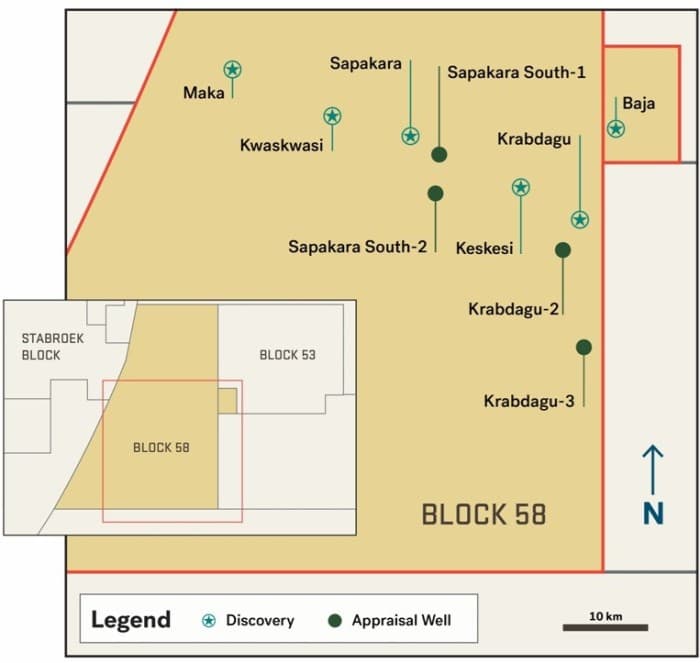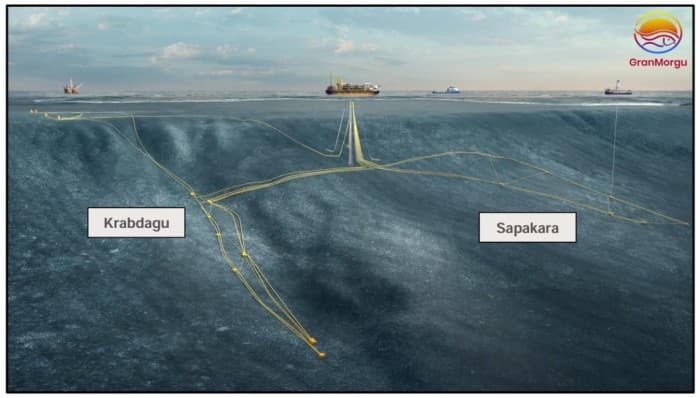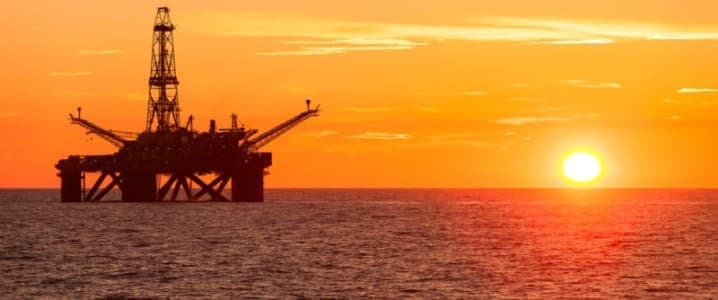It is a long time coming, but the impoverished South American country of Suriname is poised to enjoy the fruits of a major oil boom. For nearly a decade, the government, in the capital Paramaribo, hungrily eyed neighboring Guyana’s drilling success, which transformed that country into the world’s newest petrostate. Yet Suriname’s offshore drilling, despite yielding positive results, repeatedly experienced uncertainty and delays. This took place as the economic situation in the former Dutch colony deteriorated, causing to President Chandrikapersad Santokhi, a former police commissioner, to lose office. Newly appointed president opposition leader Jennifer Geerlings-Simons faces uncertainty over the economy and the anticipated oil boom.
Paramaribo, since the 2020 pandemic, has been battling yet another deep financial crisis, which spilled over into violence at the start of 2023 as the cost of living spiraled out of control. Protestors stormed Suriname’s National Assembly in February 2023 as then-President Chan Snatokhi’s International Monetary Fund (IMF) mandated economic austerity hit hard in a country where nearly a fifth of the population lives below the poverty line. Despite the hardships triggered by the austerity program, which included slashing government spending, removing energy subsidies, and sharply devaluing the Suriname dollar, there are signs of success. The IMF Executive Board, after reviewing the arrangement in March 2025 stated:
“The objectives of the program have been broadly achieved. The economy is growing, inflation is receding, public debt is declining, the autonomy and governance of the central bank have been strengthened, and investor confidence is returning.”
Related: Energy Transition Stalls as Oil Super-Cycle Risks Return
There is, however, still a long way to go. The IMF outlined the need for Paramaribo to enforce fiscal discipline, strengthen tax administration, improve regulatory transparency, and bolster governance mechanisms.
Despite notable progress, these enhancements were insufficient for President Santokhi. During July 2025, he lost office due to the fallout from those stringent economic austerity measures and ongoing corruption allegations. It was President Santokhi who saw Suriname’s burgeoning offshore oil boom as a silver bullet for a crisis-prone economy, which over the last decade contracted sharply. For 2015, Suriname reported gross domestic product (GDP) of $5.13 billion, yet by 2024 it had plunged 13% to $4.46 billion. This marked decline is hurting the population of one of South America’s poorest countries, where one in six people live in poverty
During January 2020, APA, the then operator of Block 58, announced the first discovery in Block 58 at the Maka Central-1 well. This was followed by four more discoveries, with the most recent being the Krabdagu discovery made during 2022.

Source: APA Corporation EnerCom Oil & Gas Conference.
Since the last discovery, a series of appraisal wells were drilled at the Sapakara and Krabdagu discoveries, which confirmed the presence of a reservoir containing an estimated 750 million barrels of crude oil. The oil discovered in Suriname was determined to be light and sweet with API gravities of between 35 degrees and 60 degrees with a low sulfur content. Those are important attributes in a world with a focus on producing high-quality low low-emission fuels, which are cheaper and easier to manufacture from lighter sweet crude oil.
First oil from one of the five significant oil discoveries made in offshore Block 58 was initially expected in 2026, although this did not occur, with TotalEnergies postponing development of the oil acreage. Poor exploration results, including several dry wells, inconsistent seismic data, and concerns about the reservoir related to a high gas-to-oil ratio, impacted the multi-billion-dollar final investment decision (FID). For those reasons, TotalEnergies at the end of 2022 postponed the FID to further appraise and better define the oilfield’s attributes.
Finally, in October 2024, TotalEnergies and APA announced the $10.5 billion FID for developing the Sapakara and Krabdagu discoveries, targeting first oil in 2028. The latest news from TotalEnergies shows development of Block 58 is well underway. The project, dubbed GranMorgu, is located 93 miles offshore east of Paramaribo, targeting a reservoir containing recoverable oil resources of over 750 million barrels.

Source: APA Corporation Third Quarter 2024 Financial and Operational Supplement.
GranMorgu will be comprised of one drillship and a semi-submersible rig with 16 production wells and 16 injector wells. The facility is designed with nameplate capacity of 220,000 barrels per day and storage for up to 2.1 million barrels. GranMorgu will yield 220,000 barrels of crude oil and 450 million cubic feet of natural gas each day. Commissioning and first oil are projected for 2028, which represents a two-year delay from Paramaribo’s original timeline.
The carbon intensity of oil extraction from GranMorgu is forecast to be low. This is an important attribute in a low carbon world where governments are substantially reducing greenhouse emissions and energy companies pledge to be net carbon neutral. This includes TotalEnergies, which plans to be net carbon zero across its worldwide operations by 2050. The supermajor recently confirmed the GranMorgu project fits that goal with an all-electric Floating Production Storage and Offloading (FPSO) vessel being installed at GranMorgu. TotalEnergies is committed to no routine flaring and for all gas produced to be injected into the FPSO’s tanks.
For these reasons, GranMorgu is forecast to emit less than 16 kilograms of carbon per barrel of oil equivalent extracted. This is lower than the global average of 18 kilograms of carbon produced per barrel of oil equivalent lifted, but higher than neighboring Guyana, where an average of only nine kilograms of carbon is discharged per barrel. This will ensure Suriname retains its status as a global carbon sink. The 38 million acres of forest covering the former Dutch colony absorbs 8.8 million tons of carbon annually, while the country only produces seven million tons. TotalEnergies pledged to assist Paramaribo with maintaining Suriname’s status as a carbon-negative country.
Once GranMorgu is operational, it will generate considerable income for a fiscally challenged Paramaribo, which is struggling to find sufficient income to balance the budget while meeting sovereign debt repayments. The potential government revenue is boosted by the national oil company and industry regulator Staatsolie securing a 20% interest in GranMorgu. This stake, which is worth $2.4 billion, forms an important plank in Staatsolie’s goal of tripling revenue to almost $1.8 billion before the end of this decade. While estimates vary, GranMorgu is expected to earn $16 billion to $26 billion of revenue for Paramaribo over the life of the oilfield, dwarfing Suriname’s 2024 GDP of $4.46 billion.
By Matthew Smith for Oilprice.com
More Top Reads From Oilprice.com
